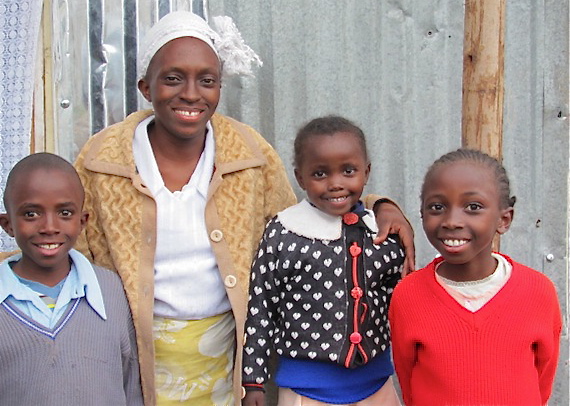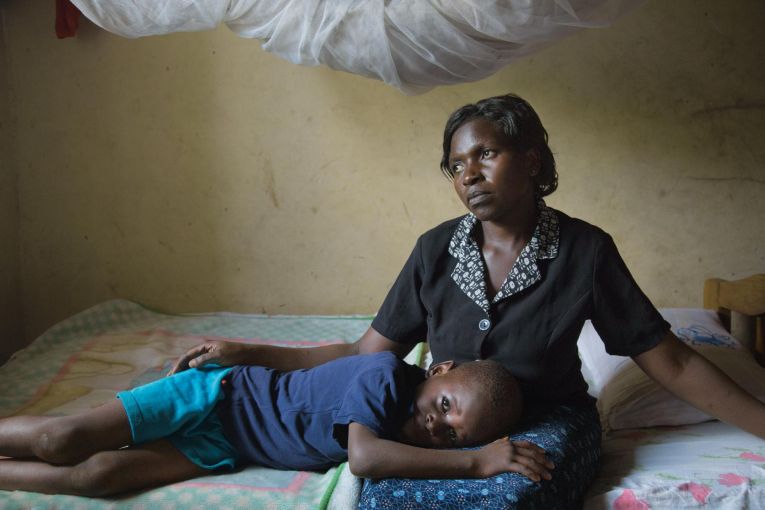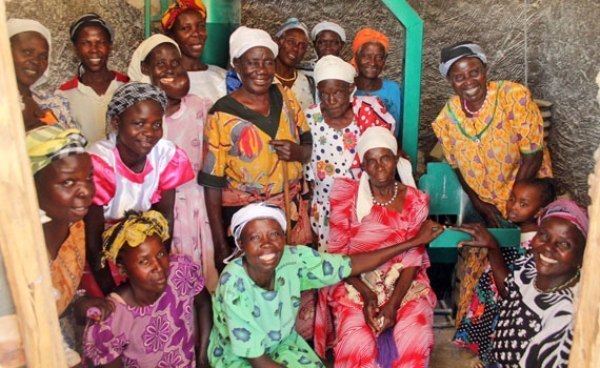The plight of widows should be a worldwide concern. Widows continue to suffer dispossession, poverty, inadequate health care, limited economic opportunities and marginalisation, in such a way that threatens the future of their children and future generations. We can however, as individuals, or as a collective, take steps to ensure the livelihood of widows and their families. Let us explore some of the ways we could do this:
1. Building Centres
- Building help centres for widows in Kenya help to provide an avenue for widows to go and find a safe home, and to settle-in to prevent homelessness. It could give them bed and shelter, as needed. Also, provide night shelter for anyone in need.
- These building centres could also provide direct communication with other charity housing shelters and refer widows to agencies as needed.
- At these centres they would get an education and receive skills training.
- Centres could help them to find and apply for jobs.
- It could help widows to look after their health and well-being.
- Improve social skills by helping widows to meet new people and broaden their social network.
- Help with finding and facilitating volunteer opportunities.
- The building centres would provide link between needed widows and various services, such as all the service and support centres; the building centre could provide a direct link and be able to vet widows so that those that are more in need get assistance first.
- Facilitate education programmes to provide free education to the widow to help them to grow as individuals and help them lead a better life.
2. Micro loans
Micro loan opportunities help businesses; even small amounts of credit can help to end the cycle of poverty:
- Giving small loans to widows could provide the capital the widows need to start small businesses and raise their children and family out of poverty.
- Micro loans may help to create new opportunities. This could have positive benefits on the local economy.
- Banks will not extend loans to those with little or no assets, and generally they do not engage in the small size of loans typically associated with microfinancing.
- It is usually difficult for widows to get loan since they usually have little or no assets to use as collaterals which banks usually do not grant loan without.
- Widows who micro loans are less likely to keep their children out of school for economic reasons.
- Micro finance loans help to empower women.
3. Generate livelihood
Income generating activities. Expand vocational and business training :
- Buying and renting or selling small lots of land to be used for agriculture.
- Provide widows with farming tools and supplies freely or at cheaper rates than they would otherwise purchase them for.
- Adult literacy programmes to help widows.
- Skills certification in areas such as hairdressing, computer skills, cooking etc.
- Entrepreneurial training.
4. Fundraising
- Fundraising opportunities to help widows such as charity balls, events, lotteries, concerts etc.
- GoFundMe can be set up to raise money to finance various income and educational programmes.
5. Collection drive and Donation programme
- Collection drives can be used to as a way of collecting equipment, clothing, educational materials and tools.
- Collection drives can be set up at schools, businesses and other organisations.
- Some organisations can be collection or drop off points for charities such as ours.
- Encourage donation of unused clothes or those in good condition.
6. Environment Factors
- Programmes to lead to, or facilitate better access to health care, better sanitation and clean drinking water.
The ways in which widows can be supported are many; if you are willing, you could make a profound change to their lives by contributing or participating in this movement.



